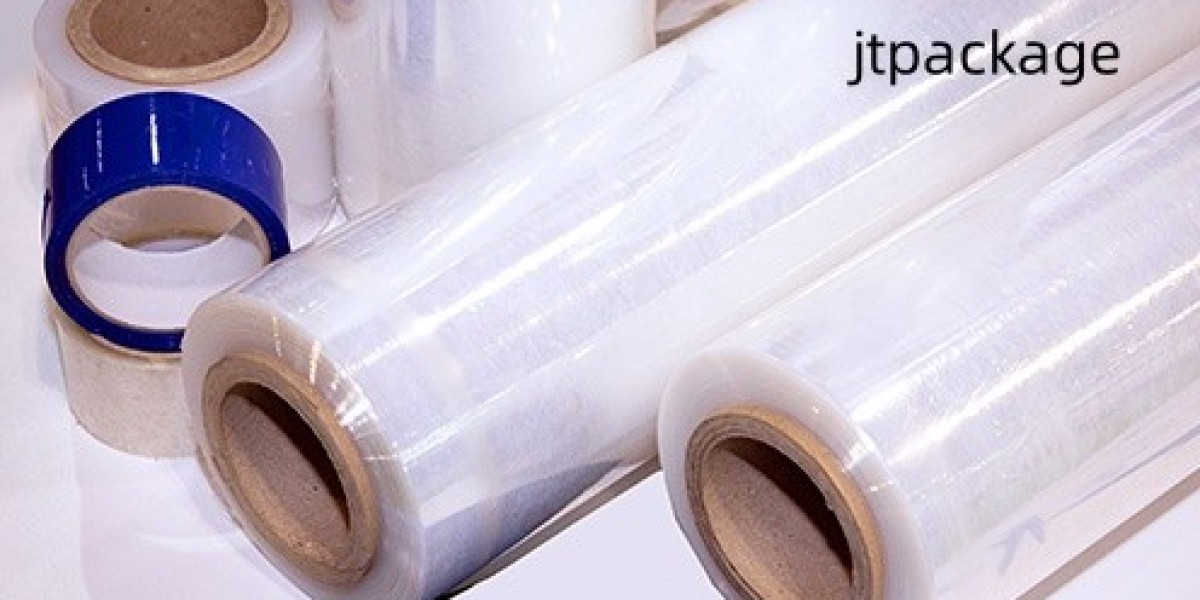Introduction:
The Role of Paver Slabs in Modern Landscaping
Outdoor spaces are more than just extensions of a property—they are areas for relaxation, entertainment, and functional movement. The choice of paving material directly impacts the aesthetics, safety, and durability of these spaces. Among the most versatile and durable options available, paver slab stands out as a premium choice for both residential and commercial projects.
Paver slabs are large, flat stones or manufactured units designed to create even, stable surfaces for patios, pathways, driveways, and landscaped areas. Their size, strength, and visual appeal make them a popular choice among homeowners, architects, and landscape designers. This article delves into the features, benefits, applications, design ideas, installation techniques, and long-term value of paver slabs.
What Are Paver Slabs?
Paver slabs are flat, often rectangular or square stones used to create durable outdoor surfaces. They are available in natural materials such as granite, sandstone, and limestone, as well as high-quality concrete. Unlike smaller pavers, slabs provide a smoother surface with fewer joints, which enhances both the aesthetic and functional aspects of outdoor flooring.
Key Features
Durable Surface – Resistant to weather, heavy foot traffic, and moderate vehicle loads.
Variety of Sizes and Textures – Enables creative and customized design options.
Ease of Installation – Can be laid on mortar, sand, or concrete bases.
Low Maintenance – Requires minimal upkeep for long-lasting appeal.
Slip-Resistant Options – Textured or flamed finishes improve safety in wet areas.
Among natural stones, granite paver slabs are especially favored for their exceptional durability and premium look.
Benefits of Paver Slab
1. Aesthetic Versatility
Paver slabs are available in a range of colors, textures, and finishes, making them ideal for a wide variety of outdoor styles. Large slabs create a modern, seamless look, while textured finishes provide character and complement landscaping elements.
2. Durability and Longevity
High-quality paver slabs, particularly granite or dense concrete, are extremely durable. They can withstand years of heavy foot traffic, exposure to sunlight, rain, and vehicle loads without cracking or fading.
3. Safety and Slip Resistance
Many slabs feature textured or flamed surfaces that provide excellent traction, making them safe for wet areas like pool surrounds or garden paths.
4. Ease of Maintenance
Regular sweeping and occasional washing with mild detergent keep paver slabs looking new. Periodic sealing protects against stains and water damage, extending their lifespan.
5. Design Flexibility
Paver slabs are suitable for patios, garden paths, driveways, commercial plazas, and public spaces, offering flexibility in both function and design.
Applications of Paver Slabs
1. Patios and Outdoor Living Areas
Paver slabs provide smooth, even surfaces for patios and terraces. Their large format accommodates furniture and outdoor features, creating comfortable and elegant spaces for relaxation and entertainment.
2. Garden Paths and Walkways
Slabs form defined pathways through landscaped gardens, offering safe and durable walking surfaces. They can be arranged in linear, staggered, or patterned layouts for visual interest.
3. Driveways and Parking Areas
Thicker paver slabs, especially granite, can handle vehicular loads, making them suitable for residential driveways and commercial parking spaces. Their durability reduces maintenance and replacement costs over time.
4. Pool Surrounds and Water Features
Textured slabs provide slip-resistant surfaces around pools and fountains, while their elegant appearance complements water features beautifully.
5. Commercial and Public Spaces
Hotels, resorts, shopping complexes, and public plazas often use paver slabs to create durable, low-maintenance, and visually cohesive surfaces that withstand high foot traffic.
Design Ideas Using Paver Slabs
Large Format Modern Layouts
Use oversized slabs to create seamless, minimalistic patios or terraces. The reduced number of joints emphasizes a clean and contemporary look.Contrasting Colors and Patterns
Combine paver slabs of different shades or textures to form patterns or highlight pathways. Contrasting colors can guide movement and enhance aesthetics.Textured Finishes for Safety and Character
Textured or flamed slabs are ideal for areas exposed to water or rain, providing both safety and visual appeal.Geometric Arrangements
Arrange slabs in staggered, linear, or herringbone patterns to add a dynamic effect to garden paths or courtyards.Indoor-Outdoor Continuity
Extend indoor flooring to outdoor patios using similar or matching paver slabs to create seamless transitions and unified designs.
Installation Tips for Paver Slabs
Proper installation ensures longevity and functionality:
Base Preparation
Excavate to a suitable depth for sub-base and bedding layers.
Compact gravel or crushed stone to create a stable foundation with proper drainage.
Laying the Slabs
Align slabs carefully, ensuring consistent spacing between joints.
Use mortar, resin, or sand-based jointing depending on the application.
Surface Finishes
Polished slabs for decorative areas like patios.
Textured or flamed slabs for wet areas or high-traffic zones.
Sealing and Protection
Apply sealant before and after installation to protect from moisture and stains.
Reseal periodically to maintain color and surface protection.
Maintenance of Paver Slabs
Regular Cleaning – Sweep and wash with mild detergent to remove dirt and debris.
Avoid Harsh Chemicals – Acids and strong cleaners may damage the surface.
Sealing – Reapply sealant every 2–3 years to protect slabs from stains and moisture.
Inspection and Repair – Replace damaged or uneven slabs promptly to maintain safety and appearance.
Comparison with Alternative Paving Materials
Concrete Slabs – Affordable but prone to cracking and weathering.
Sandstone – Warmer tones but softer and more porous, less suitable for high-traffic areas.
Marble Slabs – Luxurious but vulnerable to scratching and weathering outdoors.
High-quality paver slabs, particularly granite-based, provide the ideal balance of durability, aesthetics, and low maintenance.
Environmental Benefits
Long-lasting slabs reduce the need for frequent replacements, minimizing waste.
Natural stone requires less processing compared to synthetic alternatives.
Fully recyclable at the end of their lifecycle, supporting sustainable construction practices.
Long-Term Value of Paver Slab
Investing in paver slabs ensures:
Long-term durability and strength with minimal maintenance.
Enhanced property value due to visual appeal and premium quality.
Safe, functional, and elegant surfaces for residential, commercial, or public spaces.
The upfront cost is balanced by reduced replacement and maintenance expenses, making paver slabs a smart long-term investment.
Conclusion
For homeowners, landscapers, and architects, paver slab is a versatile, durable, and visually appealing solution for outdoor spaces. It seamlessly combines beauty, functionality, and longevity, making it suitable for patios, driveways, walkways, pool surrounds, and commercial plazas.
Choosing paver slabs is an investment in both aesthetics and practicality. With minimal maintenance requirements, design flexibility, and premium visual appeal, paver slabs transform ordinary outdoor surfaces into elegant, safe, and long-lasting spaces.







